Last Updated
In a recent interview, the Head of the Building Commission for Sports, Culture, and Education in Los Cabos, Linze Rodríguez, said the Commission is now working on the creation of a historical route in the popular destination of Los Cabos.
According to Rodríguez, the route will pass by several historical sites in the area of Los Cabos.

Among these are the panteones and the San José Cathedral, even though the full list is currently unavailable.
“The proposal is to tour the panteones and some other historical sites to be able to show the people who come to visit us, both national and foreigners, the beauties we have,” said the Head of the Commission.
The initiative has already been presented to the Los Cabos council and was accepted with enthusiasm.
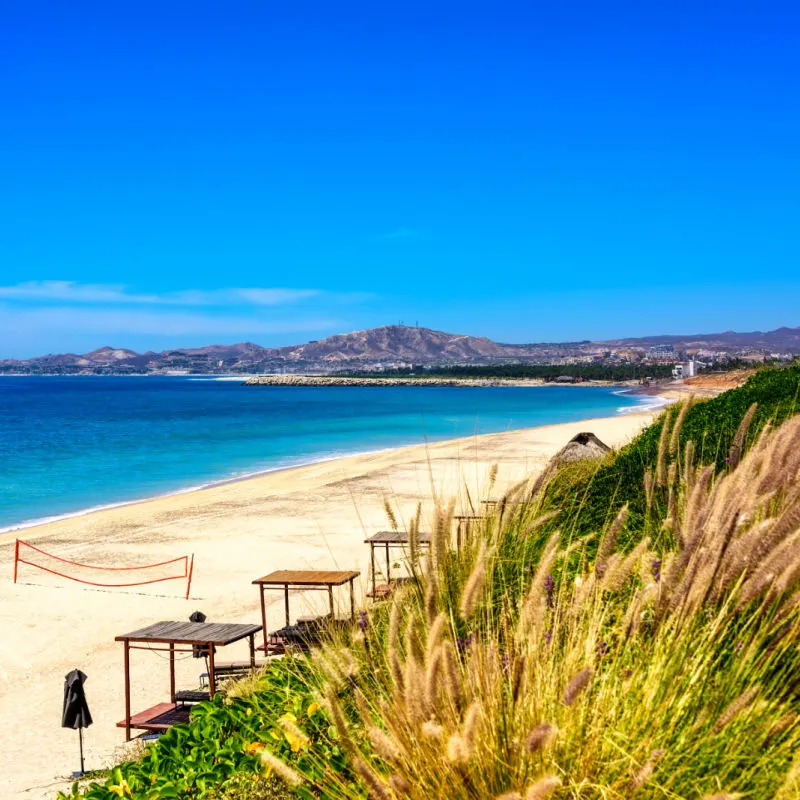
The historical route project is the result of a collaboration with a local civil association. However, there seems to be a main problem in the development of this initiative.
Will the historical route be ‘historical’?
The main concern is whether the proposed historical route will be able to get the ‘historical’ title.
This is why the commission is now working closely with the National Institute of Anthropology and History (INAH).
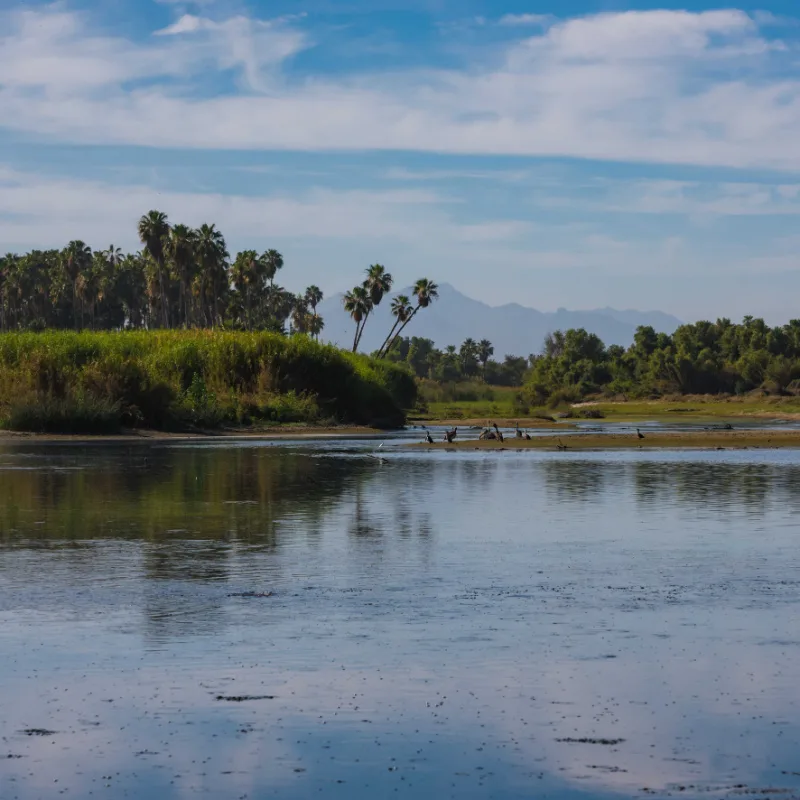
In fact, for this route to be classified as ‘historical’ the main sites it passes need to be included in the Mexican cultural heritage registry.
Rodríguez affirmed that this issue cannot be ignored as the state authorities and federal legislation need to be respected in the creation of the route.
Despite this problematic issue, the Head of the Building Commission is positive and believes that the project will be completed by the end of the 14th administration.
The panteones
At the moment, it is still unclear which cities, towns, and sites the route will pass by.
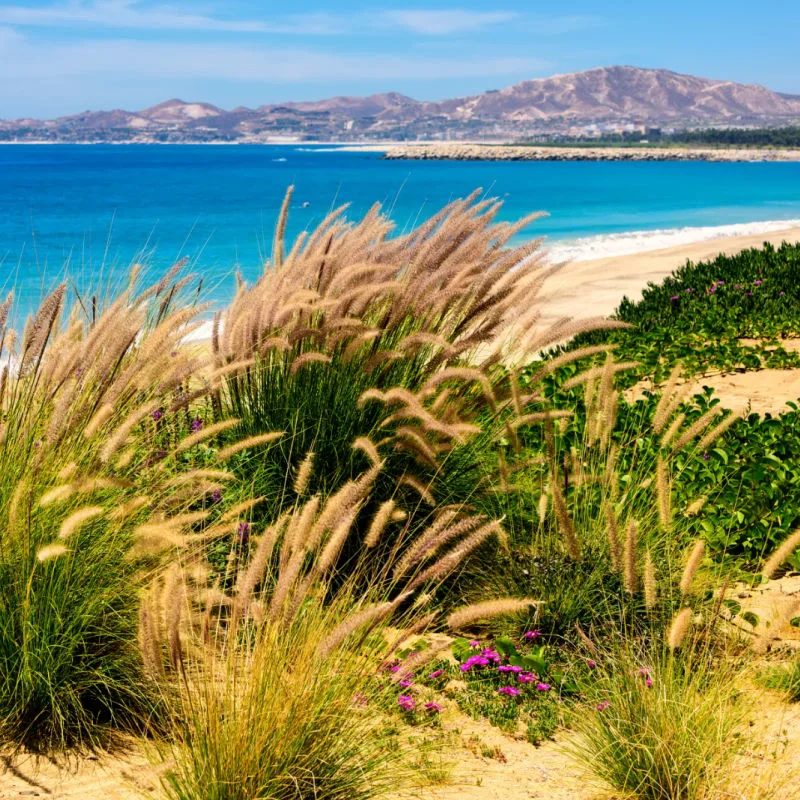
However, according to Rodríguez, the panteones are among the most likely candidates. Contrary to what foreigners may believe, these have nothing to do with the famous site in the Athenian Acropolis.
Panteones is a Spanish word which refers to cemeteries.
These sites are culturally significant to Mexican culture as they are at the center of the most Mexican of all the holidays, Los Días de Los Muertos.
On November 1st and 2nd, Mexicans pay tribute to their ancestors and the family members who are unfortunately no longer there with them, by going to the panteones.
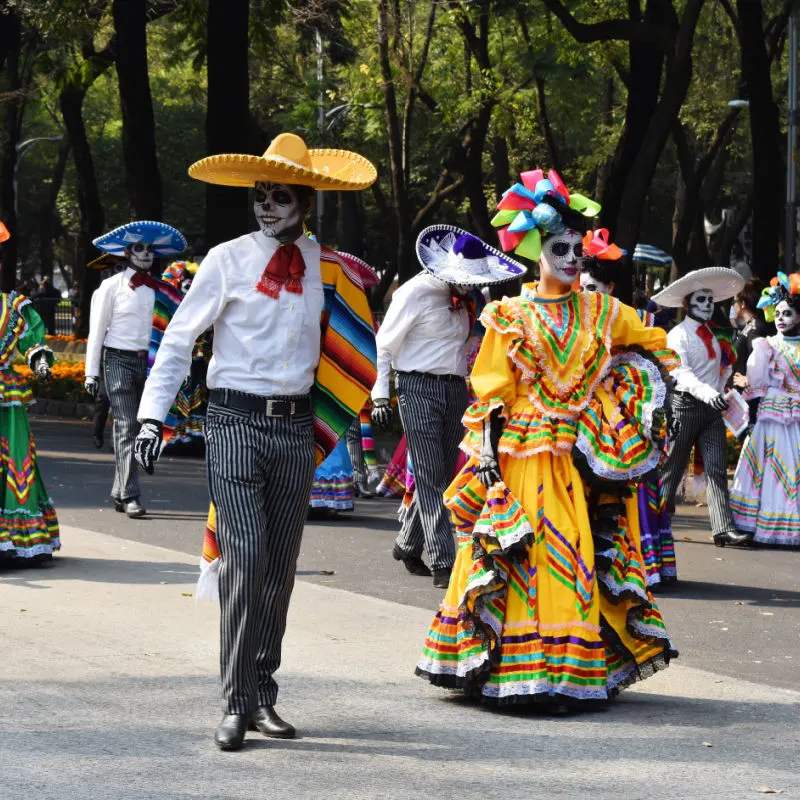
Here, they commemorate the deceased by decorating their graves with flower arrangements, candles, and sometimes even food, drinks, or cigarettes.
The Los Cabos municipality is home to a total of 17 cemeteries, but it is still unclear which ones will be included in the route.
San José Cathedral
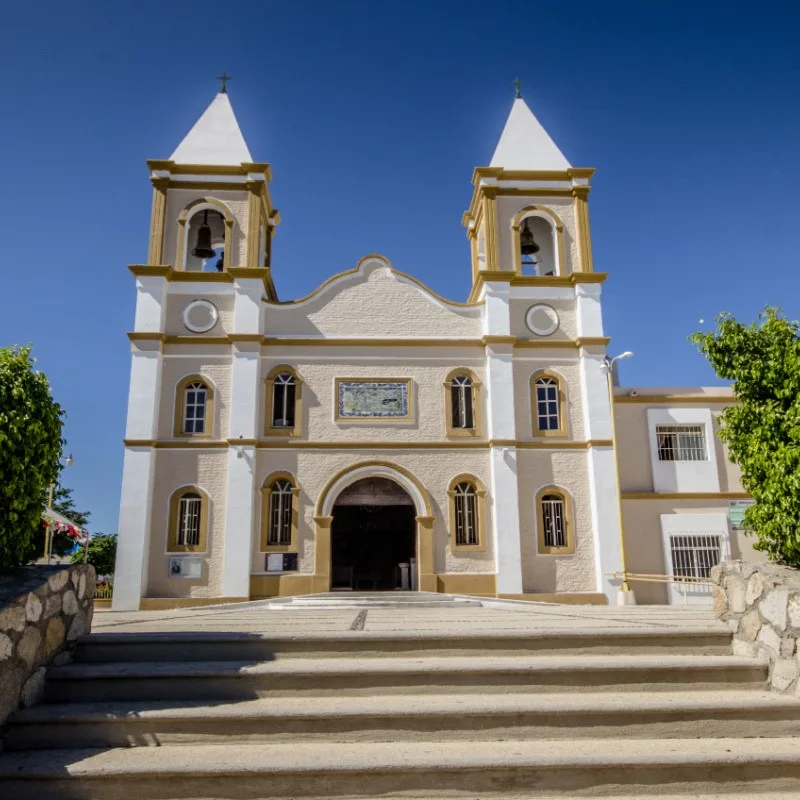
The other site mentioned by Rodríguez is the Cathedral of San José. This catholic church was established in 1730 on the west bank of the Río San José.
This river is particularly important to the San José population as for over 250 years it was the main source of water for the people living here.
The church was founded by a mission led by Nicolá Tamaral over the lands of the Pericú people, the aboriginal inhabitants of the Cape Region, the southern tip of today’s Baja California Sur territories.
These populations however were not in good relationships with the mission and in 1734 a revolt broke out. As a result, Tamaral was killed and the mission was destroyed.
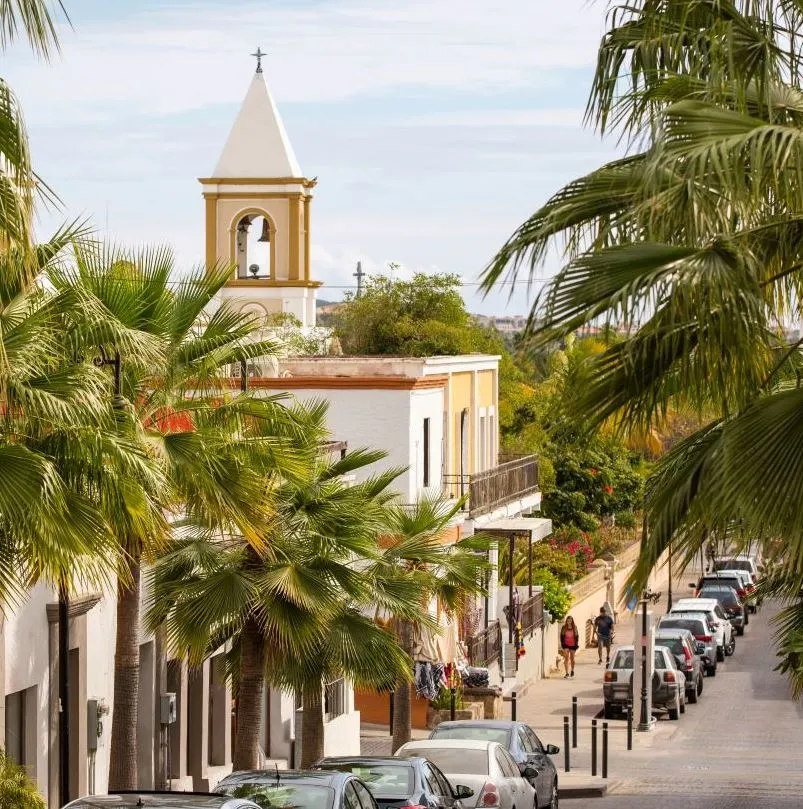
These locals’ reaction should not be too surprising, considering that the Pericú had their own religion.
We do not know much about the topic, but it seems that the Pericú believed in shaman figures with supernatural powers.
On top of this, they also believed in an all-powerful creator called Niparaya married to his wife Amayi and with whom he had three sons, Quaayayp, creators of men, Acaragui, and Tuparan, also known as Wac.
Unfortunately, the Pericú did not survive and went linguistically and culturally extinct in the 18th century.
Plan Your Next Cabo Vacation:
Traveler Alert: Don’t Forget Travel Insurance For Your Next Trip!
Choose From Thousands of Cabo Hotels, Resorts and Hostels with Free Cancellation On Most Properties
↓ Join The Community ↓
The Cabo Sun Community FB group has all the latest travel news, conversations and current events happening in Los Cabos

Subscribe to our Latest Posts
Enter your email address to subscribe to The Cancun Sun’s latest breaking news affecting travelers, straight to your inbox.
